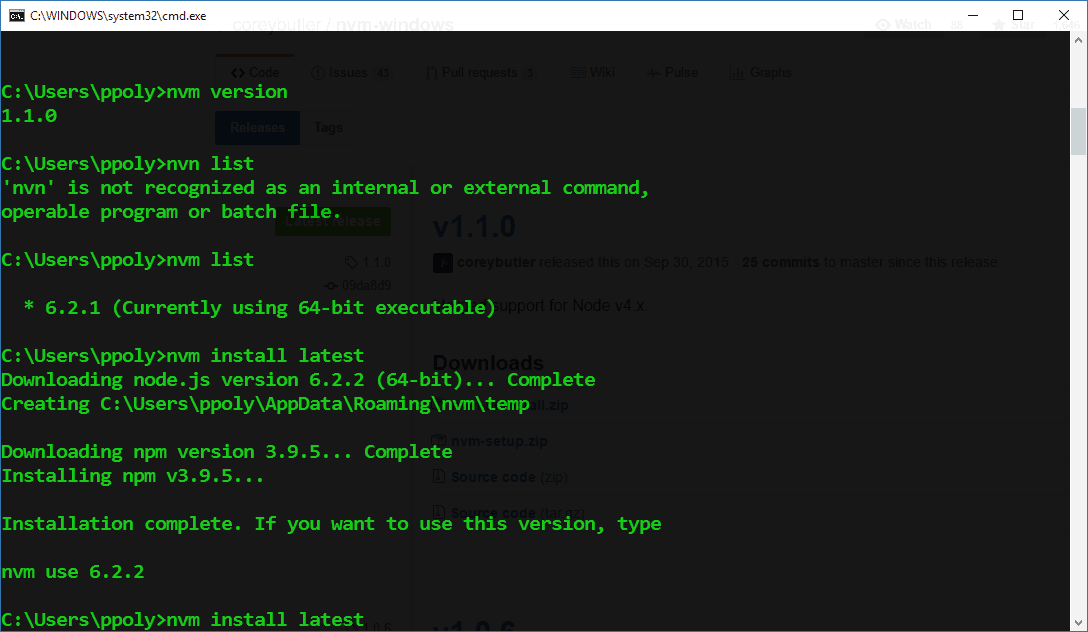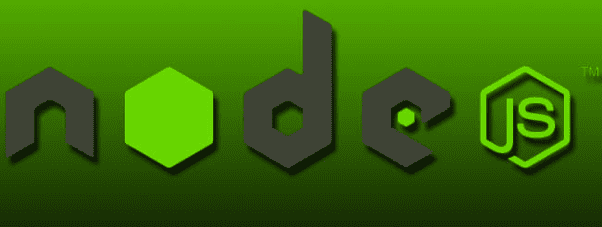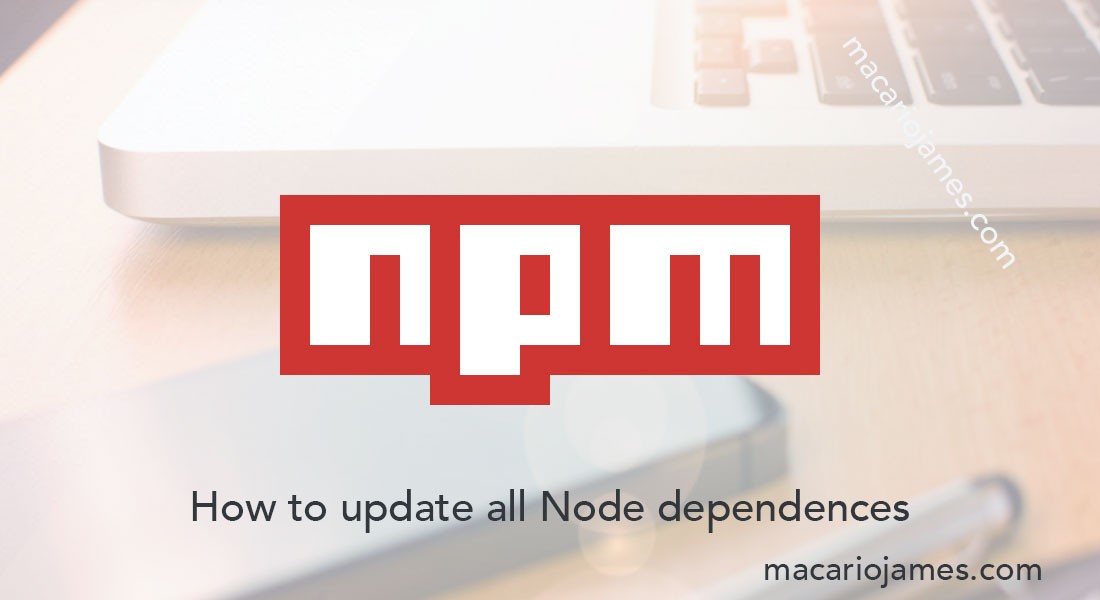
You can also start the application with debugging enabled with the following commands. Then start the Node application using the following command. Create a file server.js sudo nano server.js Let’s create a web server with “Hello World!” text. Suppose you want to test your node.js install.

Step 4 – Create Demo Web Server (Optional) You can find more details about current version on node.js official website. Step 3 – Check Node.js and NPM VersionĪfter installing node.js verify and check the installed version. This will install Node.js on your Ubuntu system. This command also installs many other dependent packages on your system. Now execute the below command to install Node on and Ubuntu using apt-get. You have successfully configured Node.js PPA in your Ubuntu system. sudo apt-get install curl curl -sL | sudo -E bash -įor this tutorial, I am using the latest current release and added their PPA to my system. During the last update of this tutorial, Node.js 16 is the latest LTS release available.


It is a server-side framework that uses Google’s V8 engine to execute JavaScript code. If you’ve been exploring the world of front-end and JavaScript, you might have come across Node.js.


 0 kommentar(er)
0 kommentar(er)
